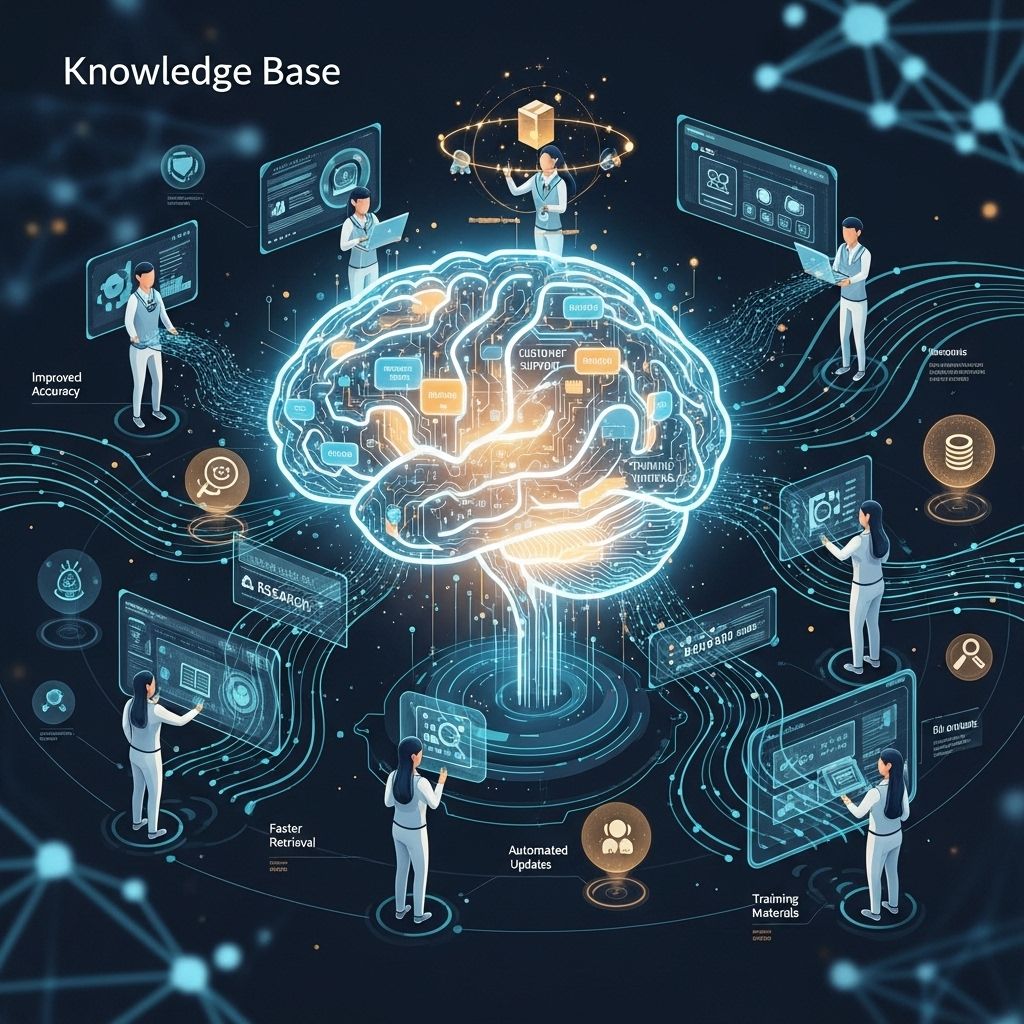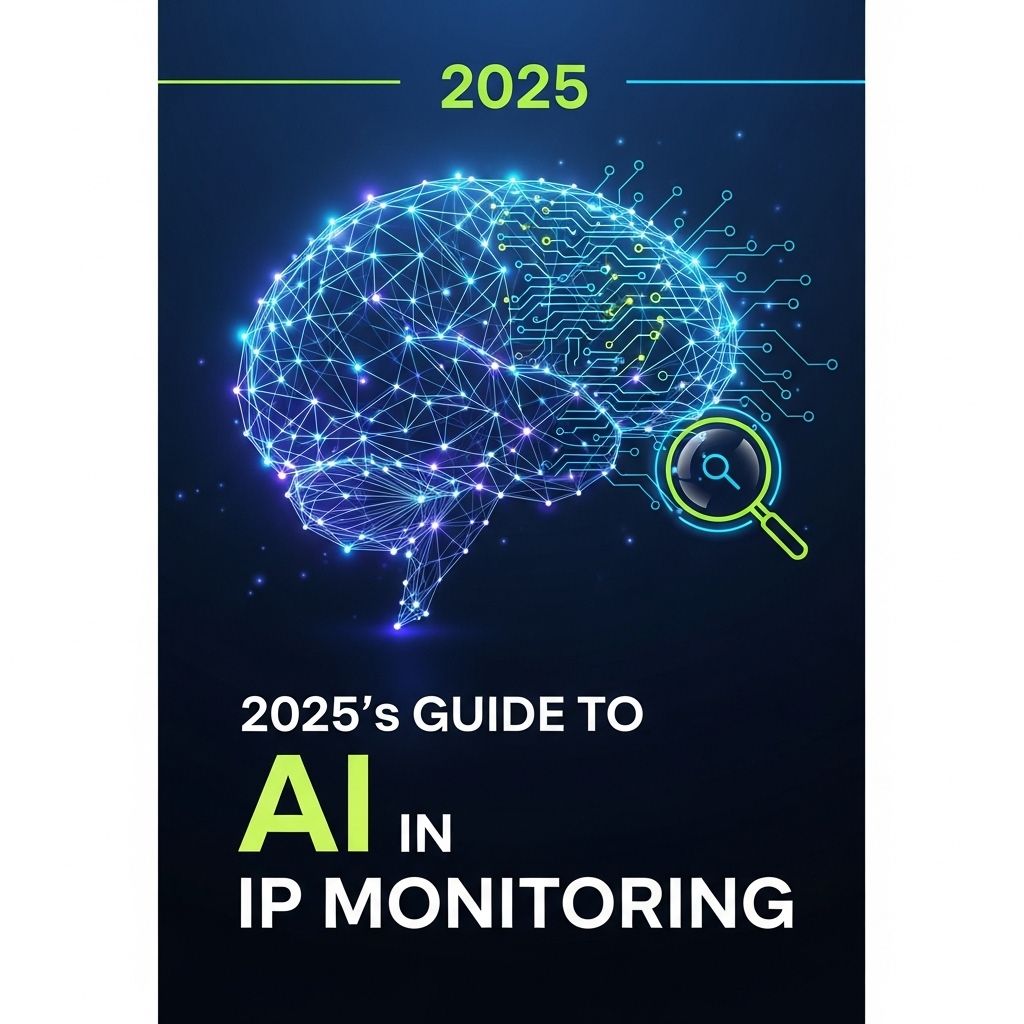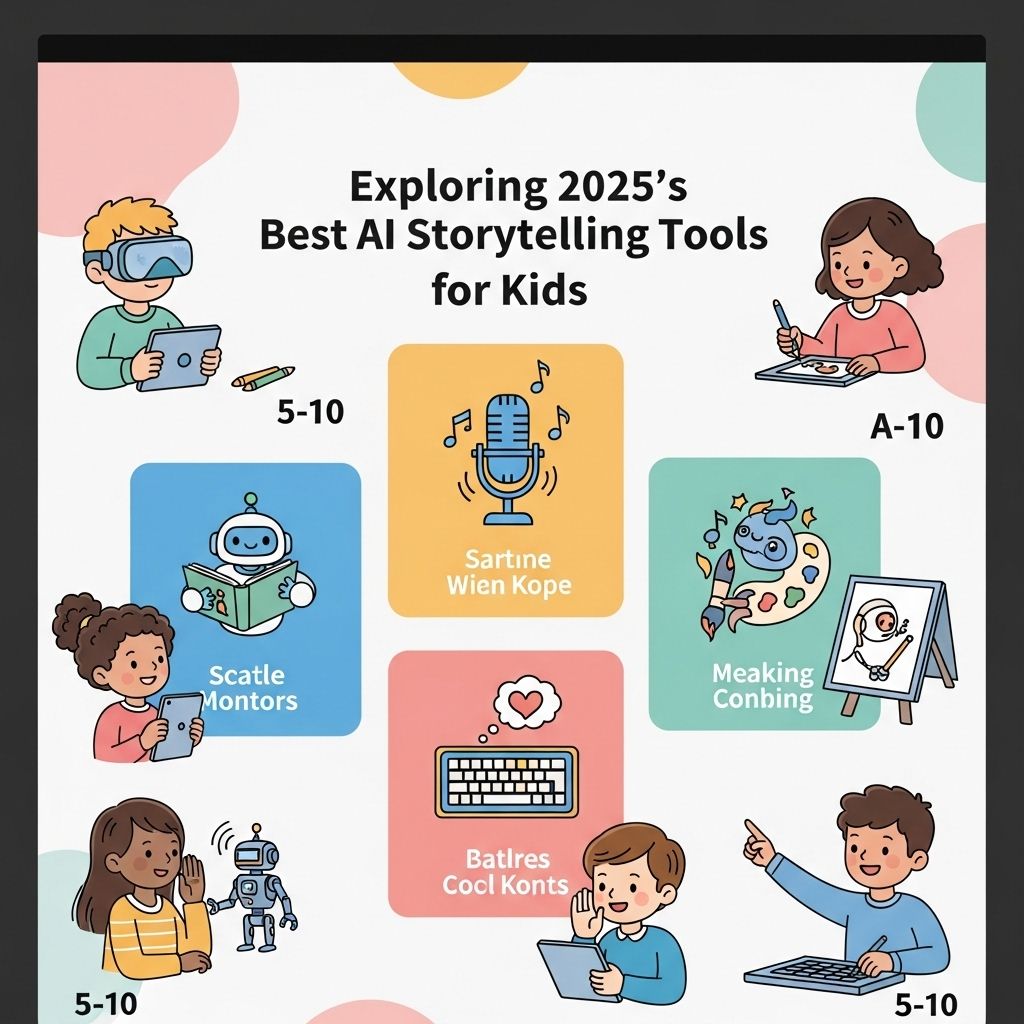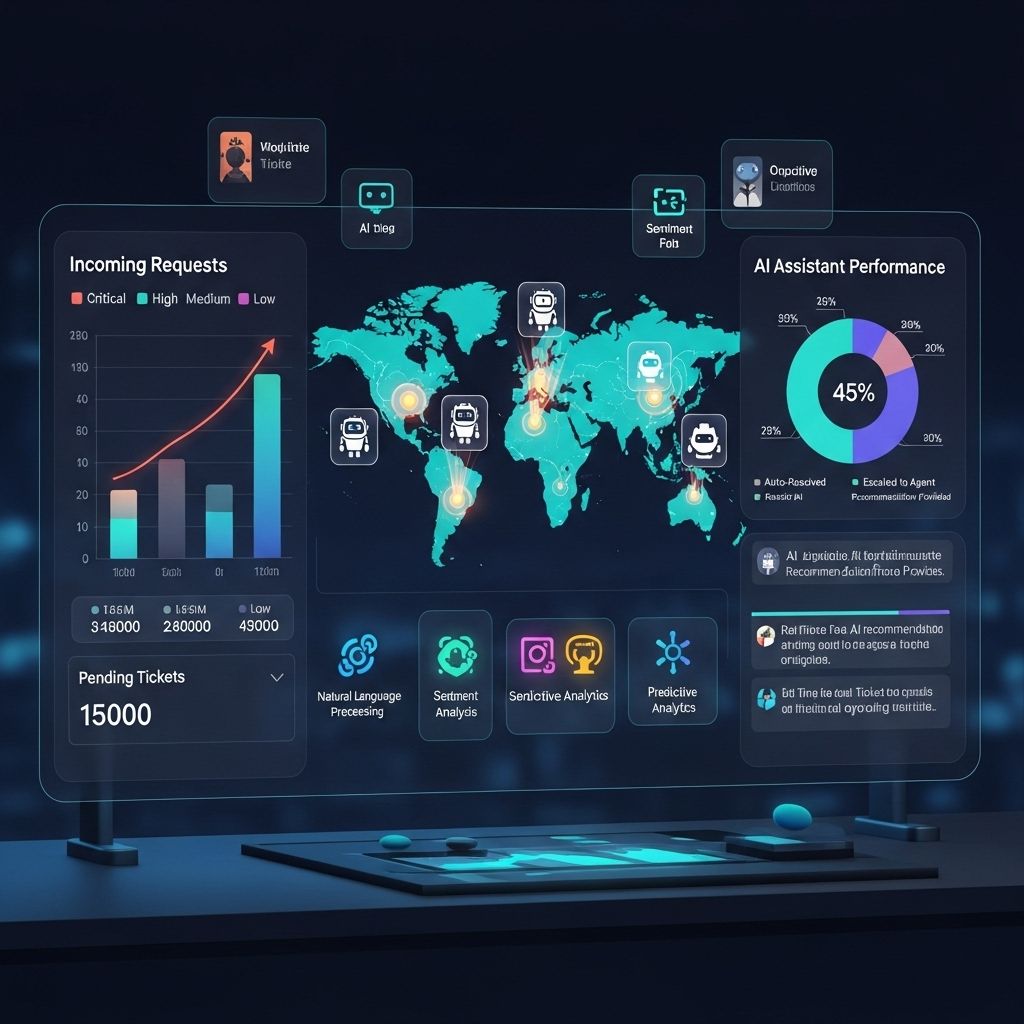Maximize Efficiency with Infrastructure as Code in 2025
Discover how Infrastructure as Code will revolutionize efficiency in 2025, streamlining processes and enhancing productivity for businesses.

As we venture into 2025, the technological landscape continues to evolve, driving businesses to optimize their operations and enhance efficiency. One pivotal trend shaping this transformation is Infrastructure as Code (IaC), a practice that enables developers and operations teams to manage and provision infrastructure through code rather than manual processes. This approach significantly reduces the risk of human error, accelerates deployment times, and enhances collaboration across teams. In this article, we will explore the current state of IaC, its benefits, best practices, and emerging trends that will define its role in the future of IT infrastructure.
Table of Contents
Understanding Infrastructure as Code
Infrastructure as Code is a method of managing IT infrastructure using code, which can be stored in version control systems. This practice allows teams to automate the setup and configuration of servers, networks, and other components necessary for applications to run effectively. By treating infrastructure as software, organizations can leverage best practices from software development, such as continuous integration and continuous deployment (CI/CD).
Key Components of IaC
- **Declarative vs. Imperative Approaches**: Declarative tools define the desired state of infrastructure, while imperative tools specify the steps required to achieve that state.
- **Configuration Management Tools**: Tools like Ansible, Puppet, and Chef help automate the configuration of servers and services.
- **Provisioning Tools**: Tools such as Terraform and AWS CloudFormation allow for the provisioning of cloud resources quickly and consistently.
- **Version Control Systems**: Systems like Git enable teams to manage changes to their infrastructure code, track versions, and collaborate effectively.
The Benefits of Adopting IaC
Transitioning to Infrastructure as Code offers a multitude of benefits for organizations aiming to maximize efficiency and reduce operational costs. Here are some of the primary advantages:
1. Increased Speed and Agility
With IaC, teams can deploy infrastructure in minutes or even seconds. This speed enables organizations to respond quickly to market demands and scale their applications seamlessly.
2. Consistency and Reliability
By using code to manage infrastructure, organizations can eliminate the inconsistencies that arise from manual configurations. This leads to greater reliability in production environments.
3. Enhanced Collaboration
Infrastructure as Code fosters collaboration between development and operations teams, often referred to as DevOps. By using common tools and repositories, teams can work together more efficiently.
4. Cost Reduction
Automation reduces the need for manual intervention, cutting down on labor costs and minimizing the risk of costly errors. This leads to significant cost savings over time.
5. Better Disaster Recovery
IaC enables organizations to quickly recreate production environments in case of failures. This is essential for maintaining business continuity and minimizing downtime.
Best Practices for Implementing IaC
To reap the full benefits of Infrastructure as Code, organizations should adopt several best practices:
1. Use Version Control
All IaC scripts should be stored in a version control system. This not only helps in tracking changes but also allows for rollbacks if required.
2. Test Infrastructure Code
Just like application code, infrastructure code should be tested before deployment. This can be done through unit tests and integration tests that simulate infrastructure changes.
3. Embrace Modularization
Organize your IaC scripts into modules that can be reused across projects. Modularization increases code reuse and simplifies maintenance.
4. Maintain Documentation
Comprehensive documentation is essential for understanding the infrastructure setup. This includes code comments, architecture diagrams, and user manuals.
5. Automate Everything
Implement CI/CD pipelines to automate the deployment of infrastructure changes. Automation reduces manual errors and ensures consistent deployments.
Emerging Trends in Infrastructure as Code
As the technology landscape evolves, so do the practices surrounding Infrastructure as Code. Here are some emerging trends to watch for in 2025:
1. Adoption of AI and Machine Learning
AI and machine learning tools are being integrated into IaC workflows to predict infrastructure needs and optimize resource allocation, further enhancing efficiency.
2. Shift to Serverless Architectures
Serverless computing continues to grow, and IaC is being tailored to manage and provision serverless resources, making it an essential skill for modern DevOps teams.
3. Increased Focus on Security
Security as Code is becoming a critical component of IaC, ensuring that security practices are integrated into the infrastructure code from the start rather than being added as an afterthought.
4. Multi-Cloud Strategies
Organizations are increasingly adopting multi-cloud strategies, which necessitate sophisticated IaC practices to manage diverse cloud environments efficiently.
5. Enhanced Compliance and Governance
Compliance and governance are becoming more critical in IT infrastructure management. Automation tools are being developed to ensure that infrastructure complies with industry regulations.
Conclusion
Infrastructure as Code is poised to play a significant role in shaping IT operations in 2025 and beyond. By embracing IaC, organizations can achieve greater efficiency, reliability, and collaboration across teams. As technology continues to advance, the integration of AI, machine learning, and security practices will redefine the capabilities of IaC, ultimately empowering businesses to innovate and respond to changes in the market swiftly. Organizations that invest in developing skilled teams and sophisticated IaC practices will undoubtedly lead the charge in this new era of technological advancement.
FAQ
What is Infrastructure as Code (IaC) and why is it important in 2025?
Infrastructure as Code (IaC) is a modern approach to managing and provisioning computing infrastructure through machine-readable definition files. In 2025, it is crucial because it enhances automation, reduces human error, and improves the speed of deployment in complex environments.
How does IaC contribute to maximizing efficiency in cloud environments?
IaC streamlines cloud resource management by allowing teams to automate the setup, configuration, and maintenance of cloud infrastructure, thereby reducing manual tasks and enabling faster scalability, which is vital for businesses in 2025.
What are the best practices for implementing Infrastructure as Code in 2025?
Best practices for implementing IaC include using version control for infrastructure scripts, modularizing configurations, applying testing and validation processes, and employing CI/CD pipelines for seamless deployments.
What tools are popular for Infrastructure as Code in 2025?
Popular IaC tools in 2025 include Terraform, AWS CloudFormation, Azure Resource Manager, and Ansible, each offering unique features that cater to various cloud platforms and infrastructure needs.
How can IaC improve collaboration between development and operations teams?
IaC fosters collaboration by providing a common language for developers and operations teams, allowing them to work together more effectively on infrastructure changes, leading to faster and more reliable software delivery.
What are the challenges of adopting Infrastructure as Code in 2025?
Challenges include the need for skill development, managing complex environments, ensuring security compliance, and integrating IaC practices with existing workflows and legacy systems.







